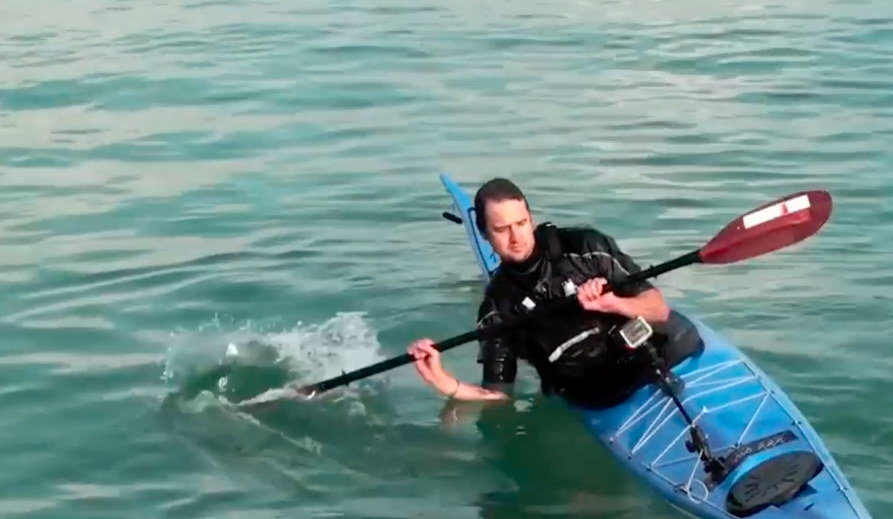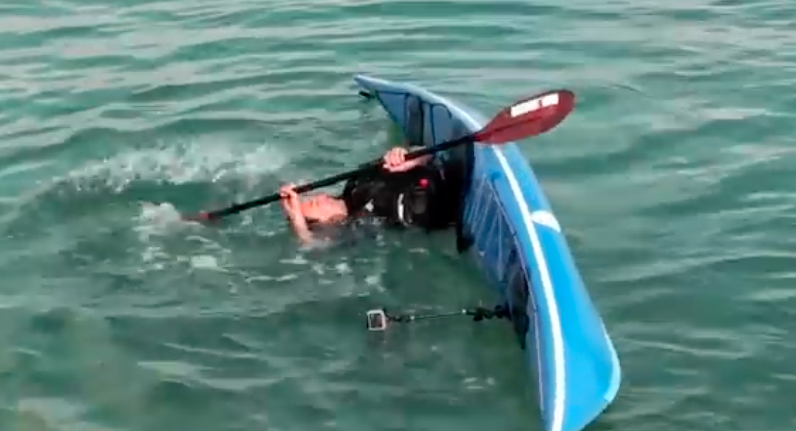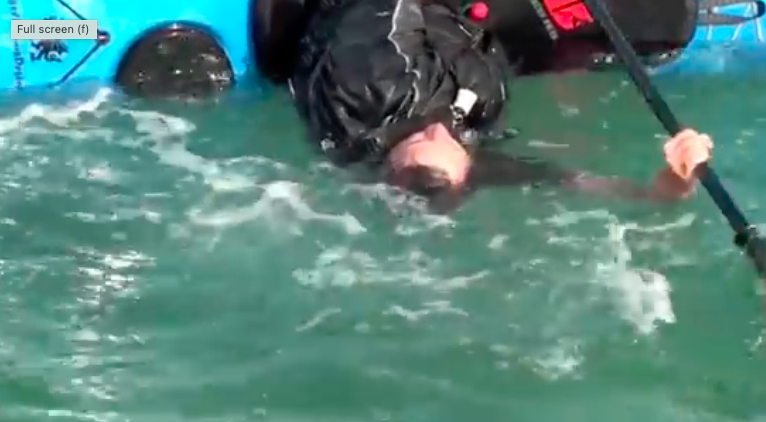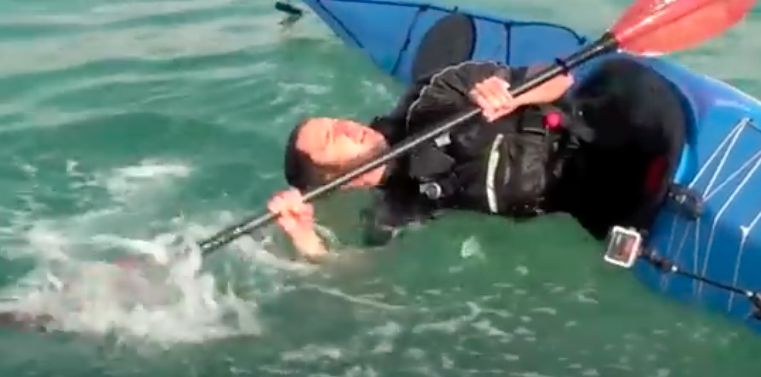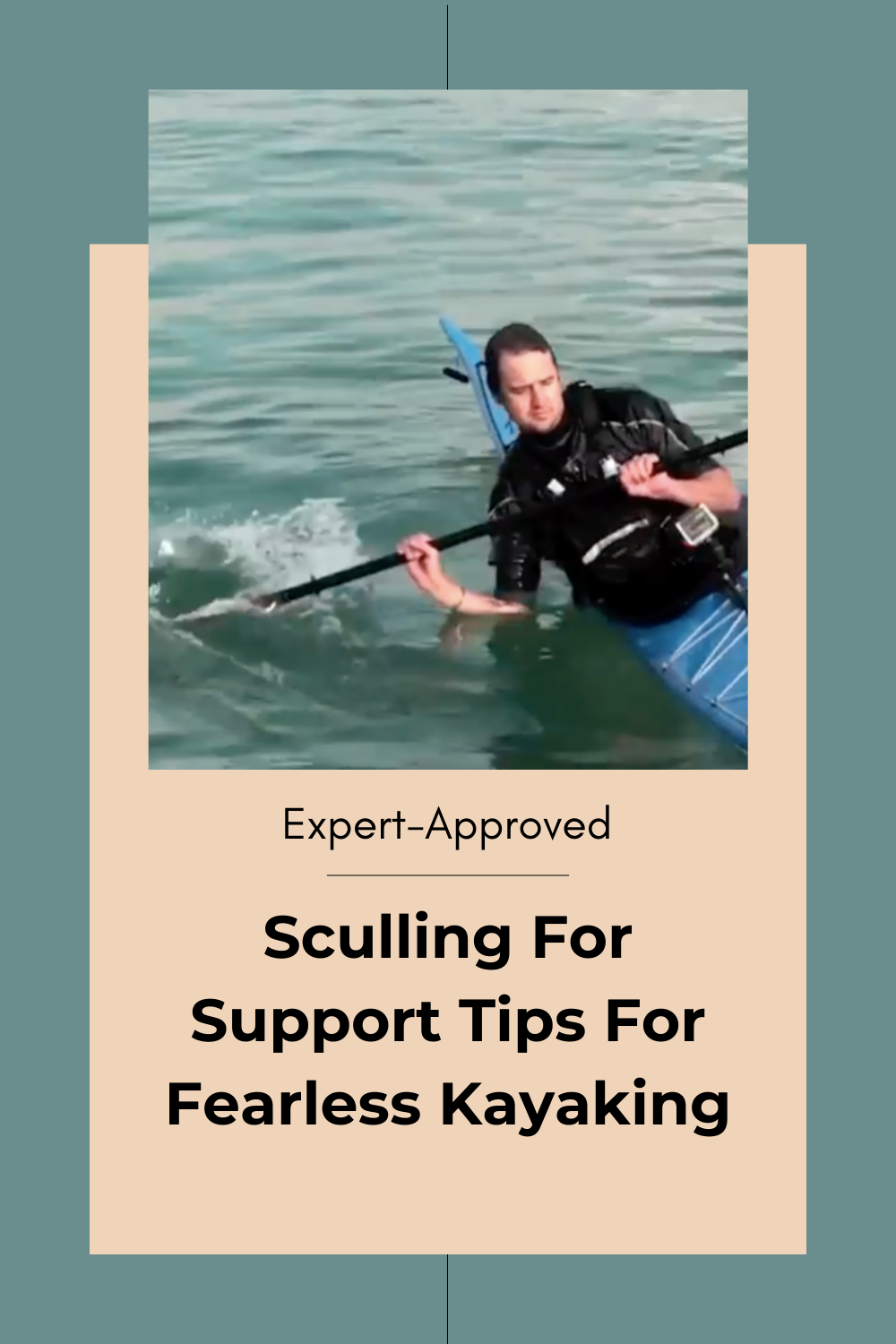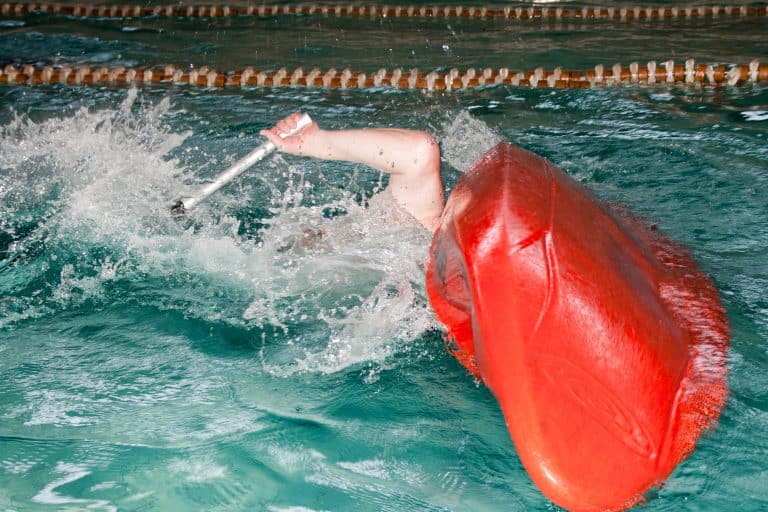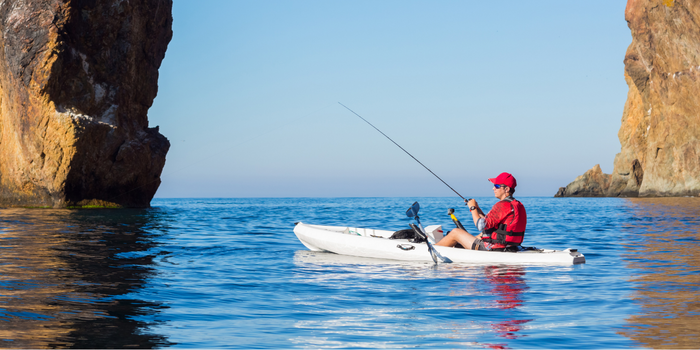Sculling for support is an essential kayaking technique that helps paddlers maintain balance and prevent capsizing.
This dynamic maneuver uses the paddle’s blade to create lift on the water’s surface, providing crucial stability in challenging conditions.
Whether you’re a beginner looking to build confidence or an experienced paddler refining your skills, learning the sculling support will enhance your kayaking experience.
In this post, we will talk all aspects of Sculling for support in kayaking, so stay right here.
Understanding the Basics
Sculling support involves moving your paddle blade back and forth in a horizontal plane near the surface of the water.
The blade’s movement creates hydrodynamic lift, similar to an airplane wing, helping to keep your kayak upright. This technique is particularly valuable when:
- Navigating rough water
- Recovering from off-balance situations
- Resting during lengthy paddling sessions
- Learning advanced kayaking maneuvers
Proper Technique
Starting Position
- Hold your paddle parallel to the water’s surface
- Position the power face (concave side) of the blade facing upward
- Keep your elbows bent and relaxed
- Maintain a slight forward lean in your torso
The Sculling Motion
- Begin with the paddle blade at hip level
- Move the blade in a horizontal back-and-forth motion
- Maintain a slight angle on the blade (approximately 15 degrees)
- Keep the blade just below the water’s surface
- Use smooth, continuous movements
Common Mistakes to Avoid
- Pushing the blade too deep underwater
- Moving too quickly or erratically
- Using excessive force
- Keeping the blade completely flat
- Tensing up your upper body
Advanced Applications
Once you’ve mastered the basic sculling support, you can incorporate it into more advanced techniques:
Extended Sculling Support
- Reach the paddle further from your kayak
- Maintain proper blade angle
- Use hip movement to assist balance
Moving Sculling Support
- Combine sculling with forward momentum
- Practice in different water conditions
- Integrate with turning maneuvers
Safety Considerations
While practicing sculling support:
- Always wear appropriate safety gear
- Personal Flotation Device (PFD)
- Proper clothing for water temperature
- Helmet when necessary
- Practice in controlled conditions
- Calm, flat water
- Near shore
- With a qualified instructor or partner
- Maintain awareness of:
- Water temperature
- Weather conditions
- Other water users
- Potential hazards
Building Your Skills
Progressive Practice
- Start in calm, shallow water
- Practice static sculling first
- Gradually increase distance from your kayak
- Experiment with different speeds and pressures
- Add movement and directional changes
Training Exercises
- Stationary Sculling
- Practice maintaining position for increasing durations
- Focus on minimal splash and efficient movements
- Distance Challenge
- Gradually extend the paddle further from your kayak
- Maintain proper form throughout
- Recovery Practice
- Intentionally lean slightly off balance
- Use sculling to recover position
Tips for Success
- Keep your movements smooth and rhythmic
- Focus on blade angle rather than power
- Stay relaxed in your upper body
- Practice regularly in various conditions
- Use hip movements to assist balance
- Maintain good posture throughout
Conclusion
Sculling for support is a fundamental skill that builds confidence and enables progression in kayaking.
Through regular practice and proper form, you’ll develop this essential skill into a natural part of your paddling repertoire.
Like any kayaking skill, sculling support requires patience and consistent practice to master.
Whether you’re exploring calm lakes or navigating choppy waters, a well-executed sculling support can make the difference between an enjoyable paddle and an unexpected swim.
Take the time to develop this technique properly, and you’ll have a reliable tool for maintaining stability in various kayaking situations.

